To capture stunning mapping photography, you'll need to master five key composition techniques. Start with grid pattern flying to guarantee systematic coverage. Select the ideal altitude to balance resolution and area covered. Implement overlapping image capture for seamless mosaics. Maintain consistent camera angles, typically straight down, for accurate mapping. Finally, consider lighting and shadows to enhance terrain features or minimize contrasts. Each technique plays a vital role in producing high-quality aerial imagery for mapping purposes. By honing these skills, you'll be well-equipped to tackle any mapping project with confidence and precision. The devil's in the details, so let's explore each technique further.
Key Takeaways
- Employ grid pattern flying to ensure systematic coverage and avoid gaps in aerial imagery.
- Select optimal altitude to balance image resolution and area coverage while considering legal restrictions.
- Capture overlapping images with at least 60% front-to-back and 30% side-to-side overlap for seamless mosaics.
- Maintain consistent camera angles, preferably perpendicular to the ground, using gimbal-stabilized mounts.
- Consider lighting conditions and timing to minimize shadows and enhance terrain features in photographs.
Grid Pattern Flying
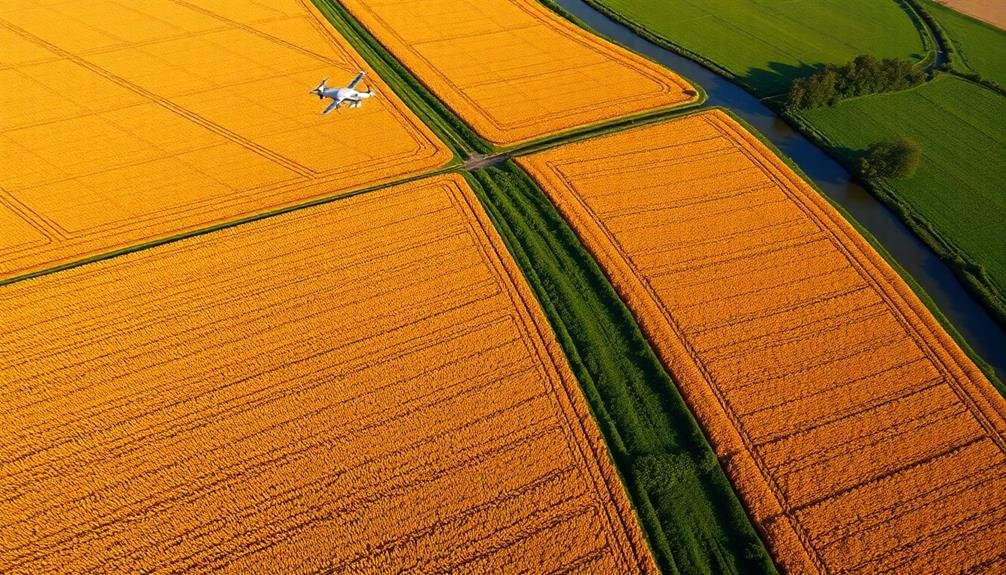
Grid pattern flying is a powerful aerial photography technique that allows you to capture extensive and systematic images of a large area. When you're mapping a region, you'll fly your aircraft or drone in parallel lines, creating a grid-like pattern over the terrain. This method guarantees complete coverage of the target area without gaps or overlaps in your imagery.
To execute grid pattern flying effectively, you'll need to plan your flight path carefully. Start by determining the dimensions of your area of interest and the desired image resolution.
Calculate the ideal altitude and camera settings to achieve the required ground sampling distance. You'll also need to take into account the amount of overlap between adjacent images, typically 60-80% for accurate stitching later.
As you fly, maintain a constant speed and altitude to assure consistent image quality. Use a GPS-enabled camera or drone to geotag your photos automatically. This will make it easier to process and stitch the images together later.
Remember to account for wind conditions and battery life when planning your flight path. By mastering grid pattern flying, you'll be able to create high-quality, thorough aerial maps for various applications.
Optimal Altitude Selection
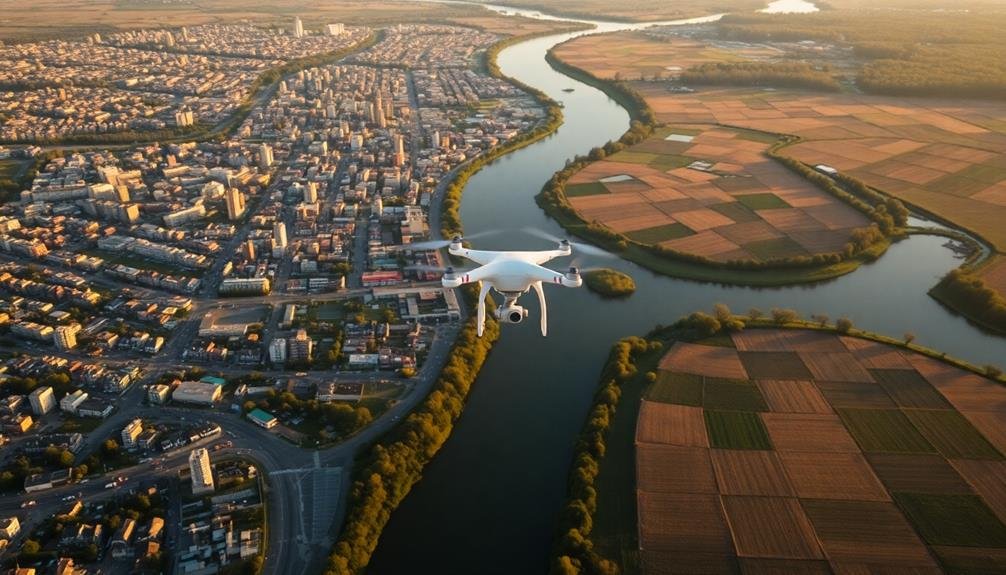
Selecting the ideal altitude for aerial photography is essential for capturing high-quality images that meet your specific requirements. When choosing your flight altitude, consider the desired ground resolution, camera specifications, and project objectives. Lower altitudes provide higher resolution but cover less area, while higher altitudes offer broader coverage at the expense of detail.
To determine the best altitude, calculate the ground sample distance (GSD) based on your camera's sensor size and focal length. You'll need to balance GSD with the area you want to cover in each image.
Remember that atmospheric conditions can affect image quality, so adjust your altitude accordingly on hazy or windy days.
Consider legal restrictions and airspace regulations when selecting your altitude. In many areas, you're limited to flying below 400 feet above ground level. If you need to fly higher, obtain necessary permits or authorizations.
Experiment with different altitudes to find the sweet spot for your specific project. Start with a test flight at various heights, then analyze the resulting images to determine which altitude best suits your needs.
Don't forget to factor in battery life and flight time limitations when planning your aerial photography mission.
Overlapping Image Capture
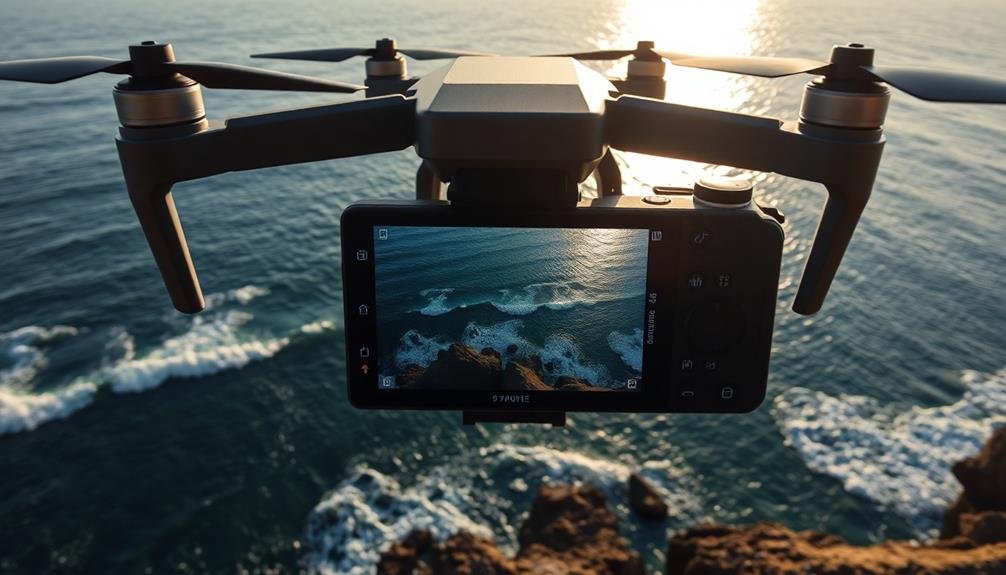
For successful aerial photography, overlapping image capture is vital. You'll need to guarantee that each photo overlaps with adjacent images by at least 60% front-to-back and 30% side-to-side. This overlap is essential for creating seamless mosaics and 3D models during post-processing.
To achieve proper overlap, you must plan your flight path carefully. Set your camera to shoot at regular intervals or use an automated system that triggers the camera based on GPS coordinates. You'll want to fly in a grid pattern, maintaining consistent altitude and speed throughout the mission.
Consider factors like wind speed and direction, which can affect your drone's trajectory and potentially disrupt your planned overlap. It's always better to err on the side of more overlap rather than less.
Remember to adjust your camera settings for the lighting conditions and desired image quality. A faster shutter speed will help reduce motion blur, while a lower ISO will minimize noise in your images.
Consistent Camera Angles

When capturing images for aerial mapping, maintaining consistent camera angles is vital. You'll want to guarantee your camera remains perpendicular to the ground throughout the entire flight. This consistency helps create seamless mosaics and accurate measurements when processing the images later.
To achieve consistent angles, use a gimbal-stabilized camera mount on your drone or aircraft. This will compensate for any pitch, roll, or yaw movements during flight. Set your camera to a fixed angle, typically straight down (nadir) for most mapping applications.
If you're using a drone, program its flight path to maintain a constant altitude and speed, which further contributes to angle consistency.
Don't forget to take into account the terrain you're mapping. If there are significant elevation changes, you may need to adjust your flight plan or camera settings to maintain a consistent ground sampling distance.
Regular calibration of your equipment is vital to guarantee your camera stays properly aligned throughout multiple flights. By prioritizing consistent camera angles, you'll produce higher quality maps and more reliable data for your aerial mapping projects.
Lighting and Shadow Considerations
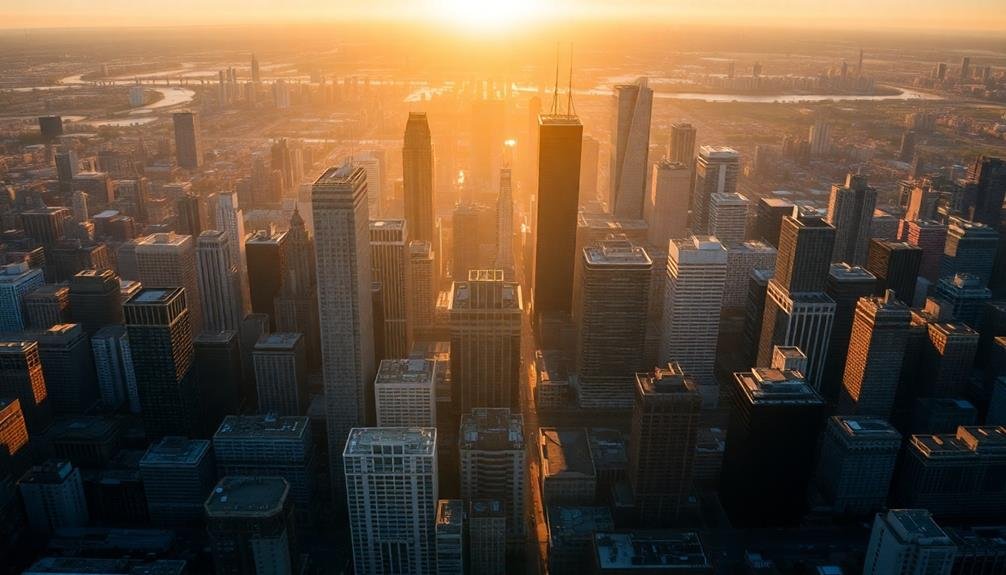
While consistent camera angles guarantee geometric accuracy, lighting and shadows play a key role in the visual quality of your aerial photographs. You'll need to take into account the time of day and weather conditions to optimize lighting.
Early morning or late afternoon sun provides long shadows, enhancing terrain features and depth perception. However, midday sun minimizes shadows, which can be ideal for capturing flat landscapes or urban areas.
Be aware of how shadows can obscure important details. You may need to adjust your flight path or timing to avoid deep shadows in significant areas. Conversely, you can use shadows strategically to highlight specific features or add drama to your images.
Cloud cover affects lighting too. Overcast days provide even illumination, reducing harsh contrasts but potentially flattening the overall image. Partly cloudy conditions can create interesting light patterns on the ground.
Think about using HDR techniques to balance exposure in high-contrast scenes. This helps preserve details in both bright and dark areas.
Frequently Asked Questions
How Do Weather Conditions Affect Mapping Photography Quality?
Weather conditions greatly impact your mapping photography quality. You'll find clouds, rain, and fog reduce visibility and contrast. Bright sunlight can create harsh shadows. Wind may blur images. Clear, calm days usually provide the best results.
What Image File Formats Are Best for Mapping Photography?
For mapping photography, you'll want to use lossless formats like TIFF or RAW. They preserve image quality and detail. If storage is limited, you can opt for high-quality JPEGs, but they'll compress the image slightly.
How Can GPS Data Be Integrated Into Mapping Photography Workflows?
You'll want to use GPS-enabled cameras or add external GPS devices to tag images with location data. You can then import this data into mapping software to automatically georeference and plot your photos on maps.
What Post-Processing Techniques Are Essential for Mapping Photography?
You'll need to focus on several post-processing techniques for mapping photography. Start with image alignment, color correction, and exposure balancing. Then, move on to mosaicking, georeferencing, and creating orthomosaics. Don't forget to enhance details and remove distortions.
How Do Different Camera Sensors Impact the Accuracy of Mapping Photography?
You'll find that different camera sensors considerably affect mapping accuracy. Larger sensors offer better resolution and low-light performance. Full-frame sensors provide wider coverage, while crop sensors may require more images for the same area.
In Summary
You've now mastered the essentials of mapping photography. By implementing grid pattern flying, choosing the right altitude, ensuring proper image overlap, maintaining consistent angles, and considering lighting conditions, you'll capture high-quality aerial imagery. Remember, practice makes perfect. Don't be afraid to experiment and refine your techniques. With these skills in your toolkit, you're well-equipped to create stunning, accurate maps that'll impress clients and enhance your portfolio. Keep flying and shooting!
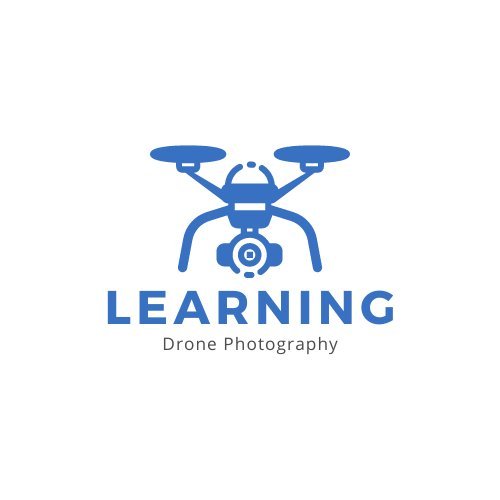
As educators and advocates for responsible drone use, we’re committed to sharing our knowledge and expertise with aspiring aerial photographers.
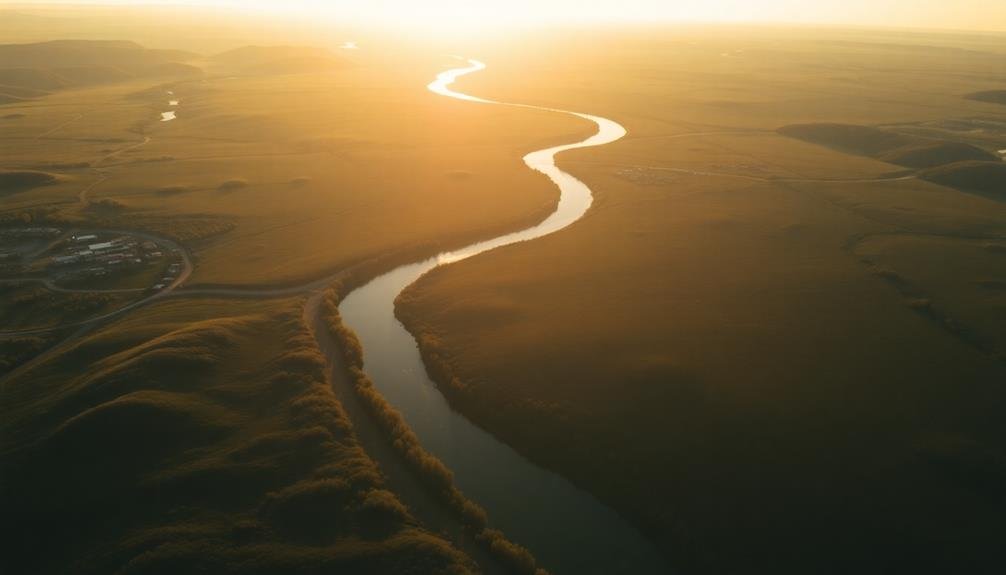
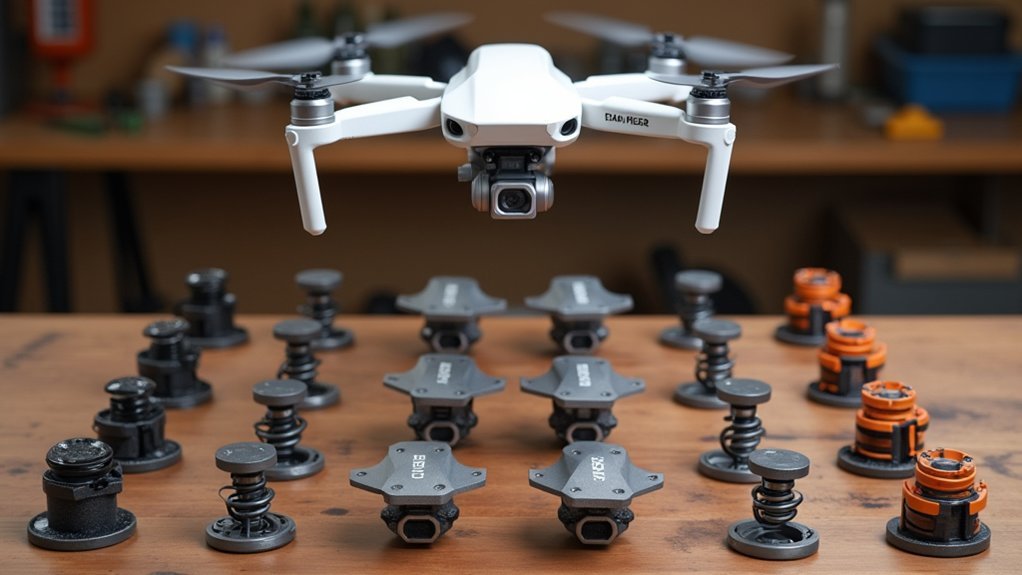
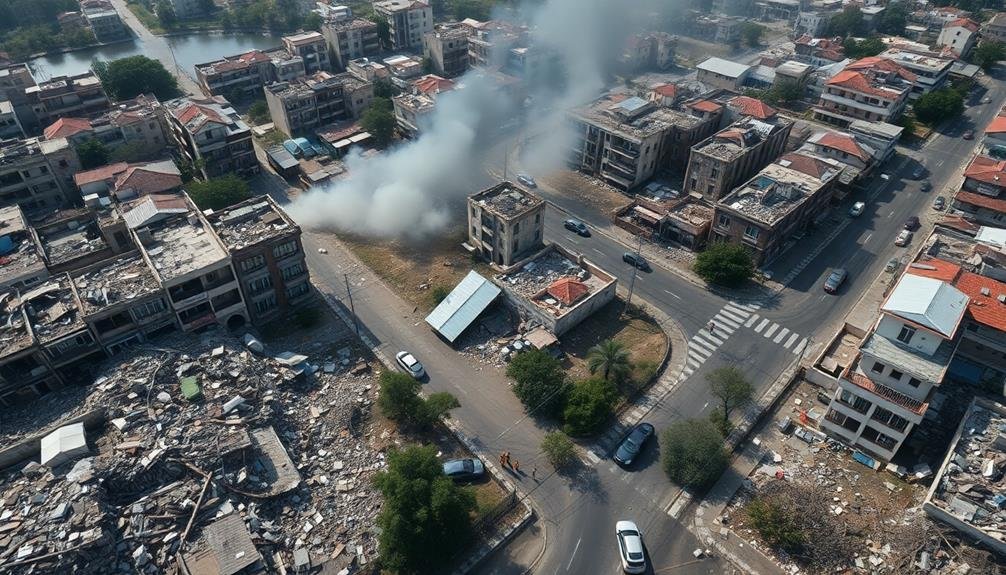
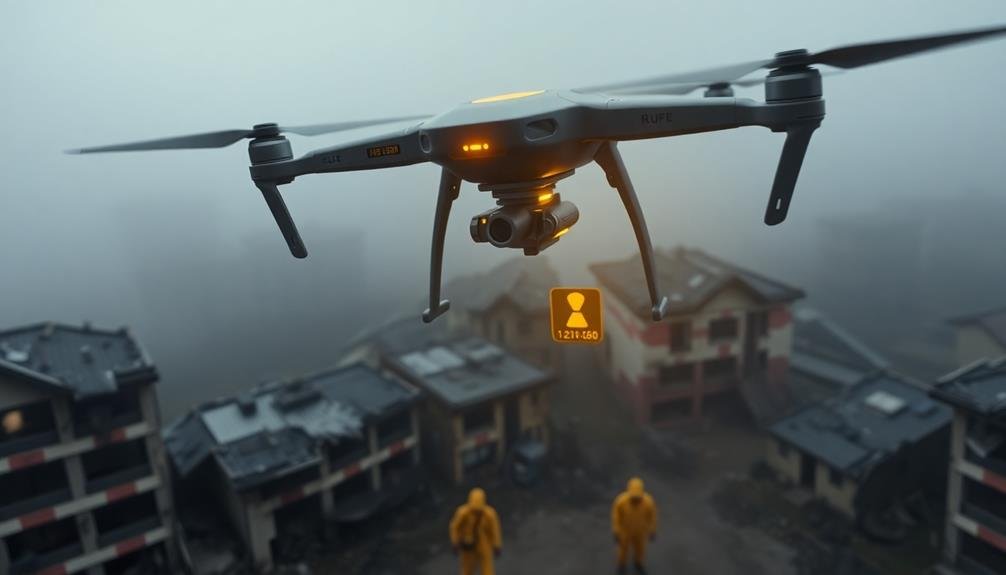
Leave a Reply